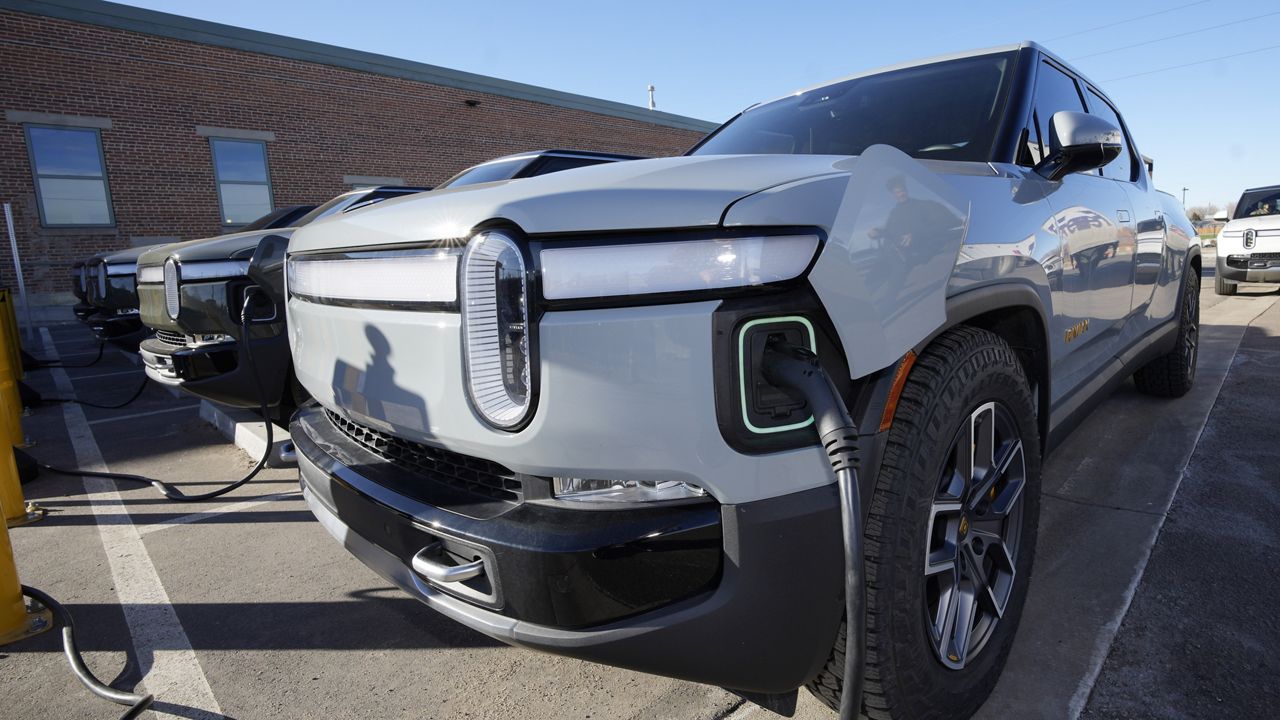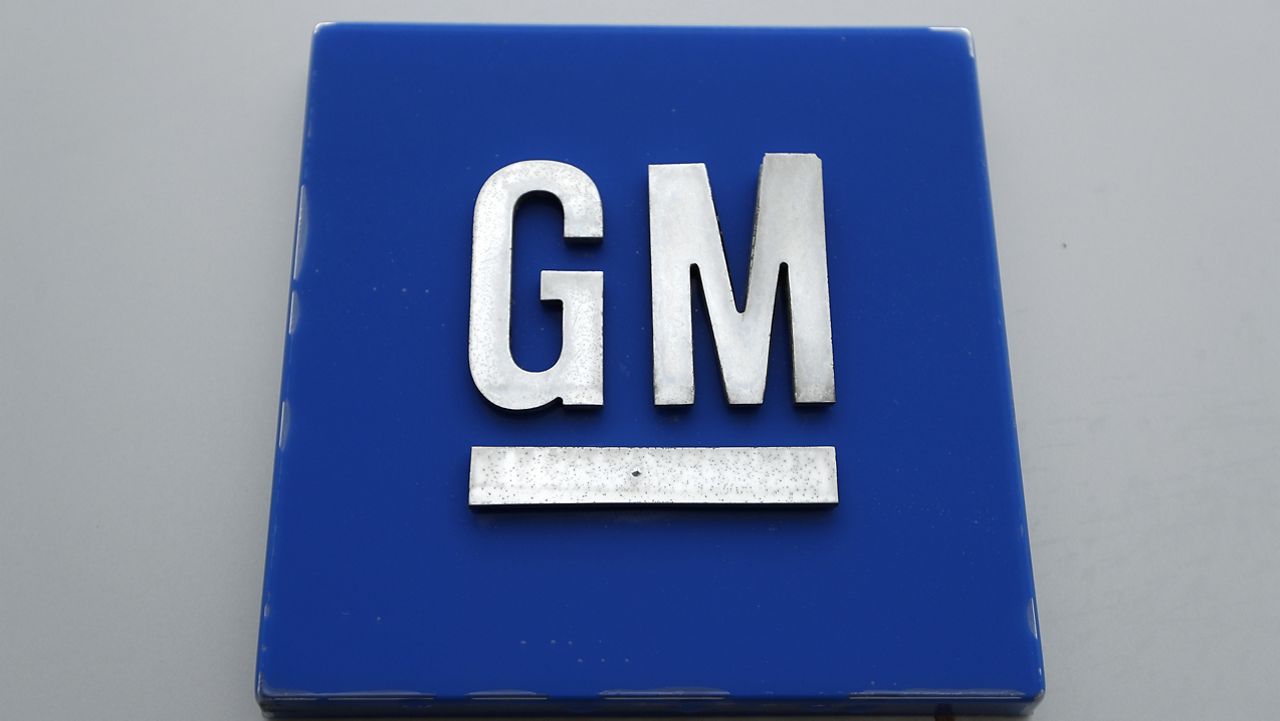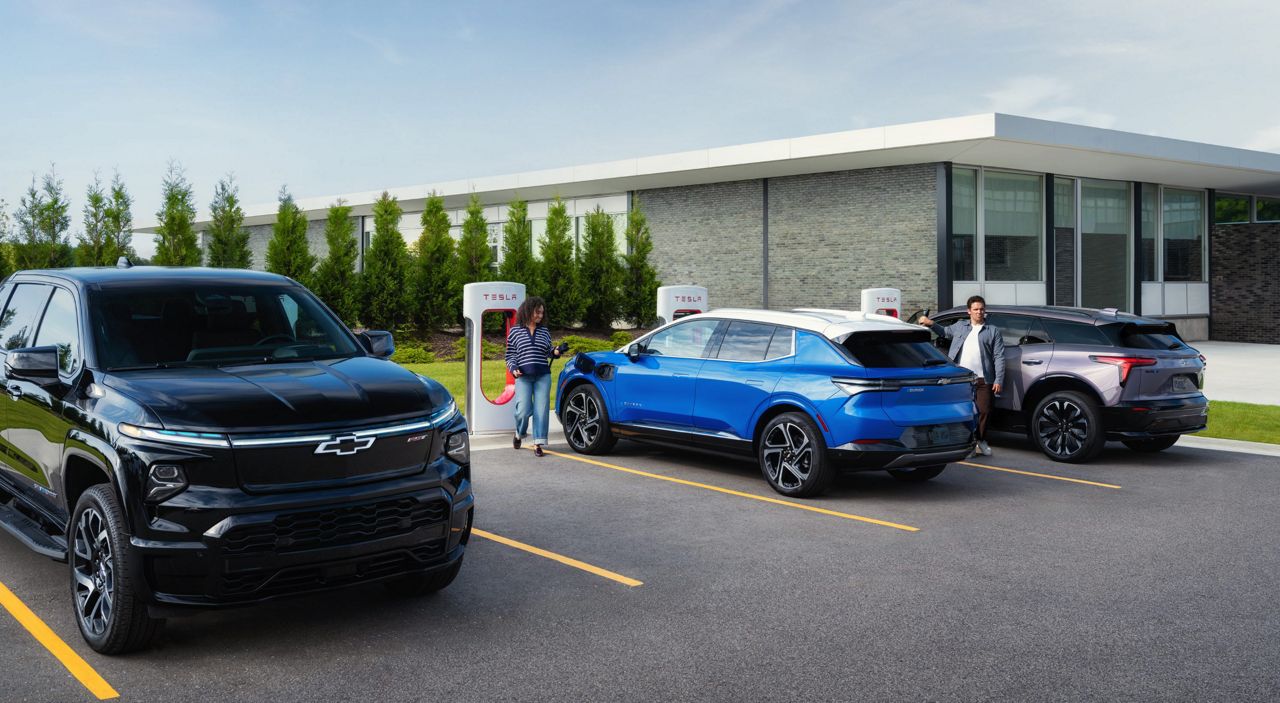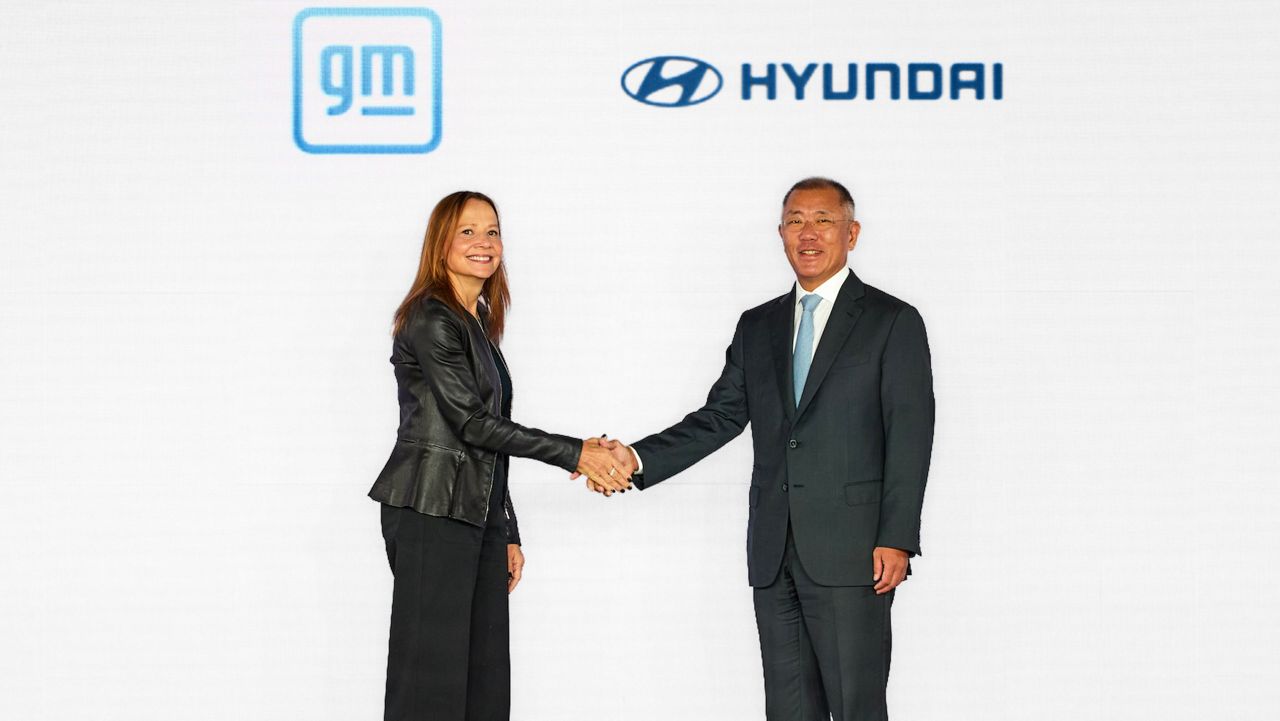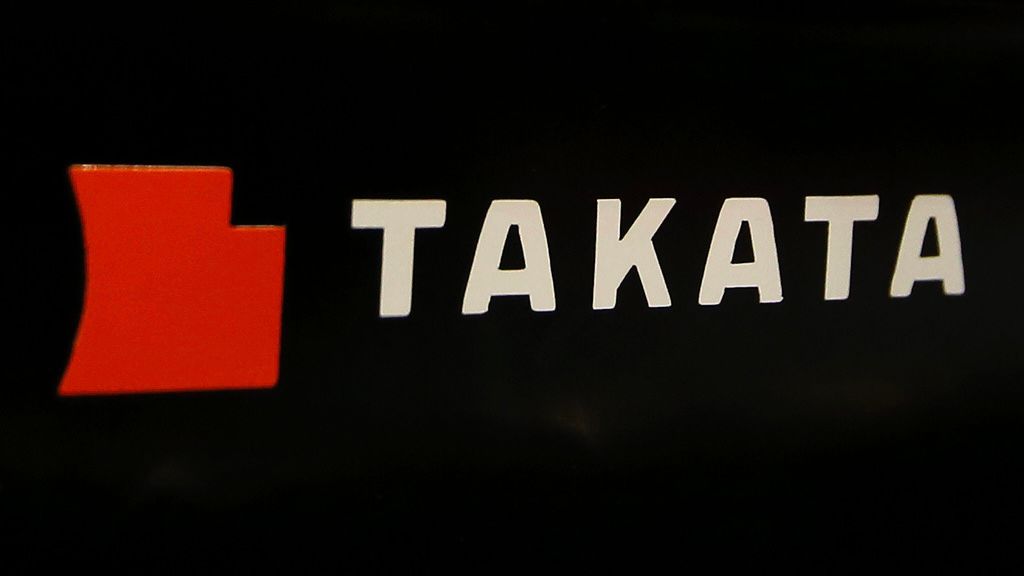Electric vehicle adoption rates are increasingly falling into two camps, according to a new study from J.D. Power. States that have aggressively invested in incentives and infrastructure have seen the highest levels of EV adoption whereas states that have not made such investments are lagging.
“To the long list of literal and figurative lines of demarcation that illustrate the sharp geographic, political, socioeconomic and cultural divisions between states in the United States, we may now add the EV adopters and the EV holdouts,” J.D. Power noted in its analysis.
Nationally, the rate of electric vehicle adoption has increased 1% through the first half of 2023 compared with the same period a year earlier. They now account for 8.6% of new vehicle sales. But state by state is a different story.
The top 10 states with the highest levels of electric vehicle ownership are California, Washington, Hawaii, Oregon, Nevada, Maryland, Arizona, Colorado, Utah and Massachusetts. J.D. Power noted that all 10 states have seen increasing percentages of EV sales through the first half of 2023.
In California, which has the highest level of EV adoption nationally, more than 25% of all new vehicles sold in the second quarter were EVs, according to the state’s Energy Commission. For more than 10 years, the state has provided EV buyers and lessees rebates of up to $7,500, helping to spur sales. Last year, the California Energy Commission announced a $2.9 billion investment to double the number of public EV chargers.
The 10 states with the lowest levels of EV adoption, however, have seen decreasing percentages so far this year, including Michigan, Iowa, Kansas, Arkansas, Mississippi, Wyoming, Louisiana, South Dakota, West Virginia and North Dakota.
North Dakota, which has the lowest level of EV adoption nationally, does not offer tax credits or rebates for buying an electric vehicle. It also has one of the lowest numbers of EV chargers — just 62, according to a 2022 iSeeCars.com study.
J.D. Power’s EV Retail Share Forecast expects the uneven adoption rates to continue through 2035. By then, California will have reached 94% EV share, whereas North Dakota will struggle to hit 20% and Michigan is likely to reach just 41%. If those trends hold, EV adoption rates will reach 70% nationally — far short of the Biden Administration’s goal that all new passenger vehicle sales be electric by 2035.




